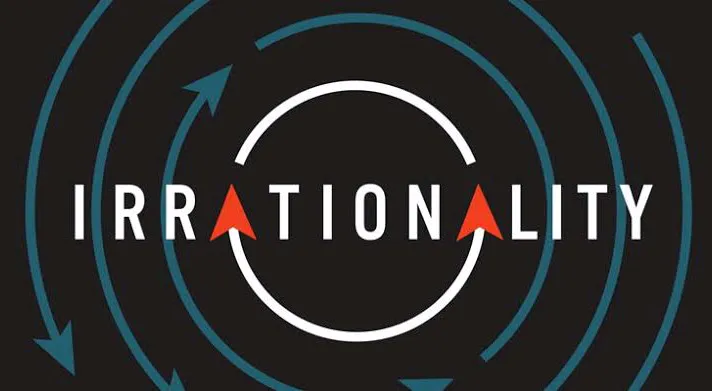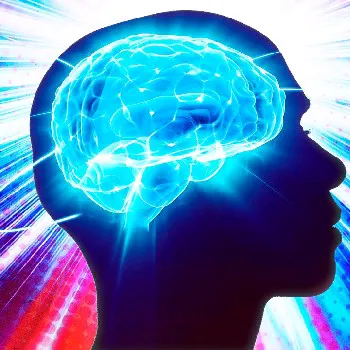Irrationality (Part - I)
The first step toward becoming rational is to understand our fundamental irrationality. There are two factors that should render this more palatable to our egos: nobody is exempt from the irresistible effect of emotions on the mind, not even the wisest among us; and to some extent irrationality is a function of the structure of our brains and is wired into our very nature by the way we process emotions. Being irrational is almost beyond our control. To understand this, we must look at the evolution of emotions themselves.
For millions of years, living organisms depended on finely tuned instincts for survival. In a split second, a reptile could sense danger in the environment and respond with an instantaneous flight from the scene. There was no separation between impulse and action. Then, slowly, for some animals this sensation evolved into something larger and longer—a feeling of fear. In the beginning this fear merely consisted of a high level of arousal with the release of certain chemicals, alerting the animal to a possible danger. With this arousal and the attention that came with it, the animal could respond in several ways instead of just one. It could become more sensitive to the environment and learn. It stood a better chance of survival because its options were widened. This sensation of fear would last only a few...
For millions of years, living organisms depended on finely tuned instincts for survival. In a split second, a reptile could sense danger in the environment and respond with an instantaneous flight from the scene. There was no separation between impulse and action. Then, slowly, for some animals this sensation evolved into something larger and longer—a feeling of fear. In the beginning this fear merely consisted of a high level of arousal with the release of certain chemicals, alerting the animal to a possible danger. With this arousal and the attention that came with it, the animal could respond in several ways instead of just one. It could become more sensitive to the environment and learn. It stood a better chance of survival because its options were widened. This sensation of fear would last only a few...




